Rare Rides: A 2009 Chevrolet HHR SS Panel, Desirability Guaranteed

Today’s Rare Ride is the rarest version of Chevrolet’s retro-styled economy car of the 2000s, and you might never have had the pleasure of seeing one in person.
Presenting the HHR SS Panel, in which you shift your own gears.
To discuss HHR, we must first make a brief visit to Chrysler’s PT Cruiser. The PT Cruiser debuted in 2001 with retro-modern looks and a cutesy personality and was immediately popular domestically. General Motors was envious of the PT Cruiser’s sales success, but luckily for them, they’d hired its designer, Bryan Nesbitt, in 2001. A short while later, GM said “Make us a PT Cruiser too!”
And so the Chevrolet HHR debuted for the 2006 model year. Based on the same platform as the compact Cobalt, the HHR had many of the same retro characteristics and personality of the PT Cruiser. Initially, only the four-door hatchback was available, but for 2007 the Panel version joined the ranks and brought back a term long-forgotten by most: the sedan delivery. Your author has also heard it called a panel van or panel wagon. Engines available on the HHR were all of I4 configuration and from GM’s Ecotec family. A 2.0-liter turbocharged engine was the most powerful, joined by naturally aspirated 2.2- and 2.4-liter mills. Transmissions on offer were the oft-selected four-speed automatic, or a five-speed manual provided by GM or Getrag.
The Panel did not have rear seats but instead featured cargo management compartments. It did not have side airbags, and the rear cargo area was plastic instead of carpeted. Rear side doors were covered by a large plastic panel outside and were only openable remotely via dash-mounted buttons.
Initially, all Panels were LT, but trims extended to LS, and 2LT in 2008. Standard HHR trims extended to a new SS turbocharged version for the 2008 model year. The 2.0-liter engine in the SS produced 260 horses if equipped with the five-speed manual, but was turned down to 235 if an automatic was selected. GM extended the SS further in 2009 with the SS Panel. All examples used the 2.0-liter engine and forced the five-speed manual transmission upon eager race van customers.
SS versions used a different performance suspension to standard HHRs and were visually distinguished by a sportier front fascia, ground effects along the sides, a rear spoiler, and a boost gauge in the a-pillar. Wheels were also unique to the SS. The HHR SS Panel was sold for only one year, as it was canceled after 2009 along with the regular SS. The group responsible for the SS’ design, GM Performance Division, was shut down in 2010 as GM went through its bankruptcy. HHR lived on through 2011 before it was canceled without replacement.
Today’s HHR SS Panel has traveled 146,000 miles in its 12 years of life. In excellent condition, it asks an optimistic $9,950 in Seattle.
[Images: GM]

Interested in lots of cars and their various historical contexts. Started writing articles for TTAC in late 2016, when my first posts were QOTDs. From there I started a few new series like Rare Rides, Buy/Drive/Burn, Abandoned History, and most recently Rare Rides Icons. Operating from a home base in Cincinnati, Ohio, a relative auto journalist dead zone. Many of my articles are prompted by something I'll see on social media that sparks my interest and causes me to research. Finding articles and information from the early days of the internet and beyond that covers the little details lost to time: trim packages, color and wheel choices, interior fabrics. Beyond those, I'm fascinated by automotive industry experiments, both failures and successes. Lately I've taken an interest in AI, and generating "what if" type images for car models long dead. Reincarnating a modern Toyota Paseo, Lincoln Mark IX, or Isuzu Trooper through a text prompt is fun. Fun to post them on Twitter too, and watch people overreact. To that end, the social media I use most is Twitter, @CoreyLewis86. I also contribute pieces for Forbes Wheels and Forbes Home.
More by Corey Lewis
Latest Car Reviews
Read moreLatest Product Reviews
Read moreRecent Comments
- Jeff One less option will be available for an affordable midsize sedan. Not much can be done about GM discontinuing the Malibu. GM, Ford, and Stellantis have been discontinuing cars for the most part to focus on pickups, crossovers, and suvs. Many buyers that don't want trucks or truck like vehicles have moved onto Japanese and South Korean brands. Meanwhile large pickups and suvs continue to pile up on dealer lots with some dealers still adding market adjustments to the stickers. Even Toyota dealers have growing inventories of Tundras and Tacomas.
- Lorenzo This car would have sold better if there was a kit to put fiberglass toast slices on the roof.
- Lorenzo The Malibu is close to what the 1955 Bel Air was, but 6 inches shorter in height, and 3 inches shorter in wheelbase, the former making it much more difficult to get into or out of. Grandma has to sit in front (groan) and she'll still have trouble getting in and out.The '55s had long options lists, but didn't include a 91 cubic inch four with a turbo, or a continuously variable transmission. Metal and decent fabric were replaced by cheap plastic too. The 1955 price was $1765 base, or $20,600 adjusted for inflation, but could be optioned up to $3,000 +/-, or $36,000, so in the same ballpark.The fuel economy, handling, and reliability are improved, but that's about it. Other than the fact that it means one fewer sedan available, there's no reason to be sorry it's being discontinued. Put the 1955 body on it and it'll sell like hotcakes, though.
- Calrson Fan We are already seeing multiple manufacturers steering away from EVs to Hybrids & PHEVs. Suspect the market will follow. Battery tech isn't anywhere close to where it needs to be for EV's to replace ICE's. Neither is the electrical grid or charging infrastructure. PHEV's still have the drawback that if you can't charge at home your not a potential customer. I've heard stories of people with Volts that never charge them but that's a unique kind of stupidity. If you can't or don't want to charge your PHEV then just get a hybrid.
- AZFelix The last time I missed the Malibu was when one swerved into my lane and I had to brake hard to avoid a collision. 1 out of 5⭐️. Do not recommend.



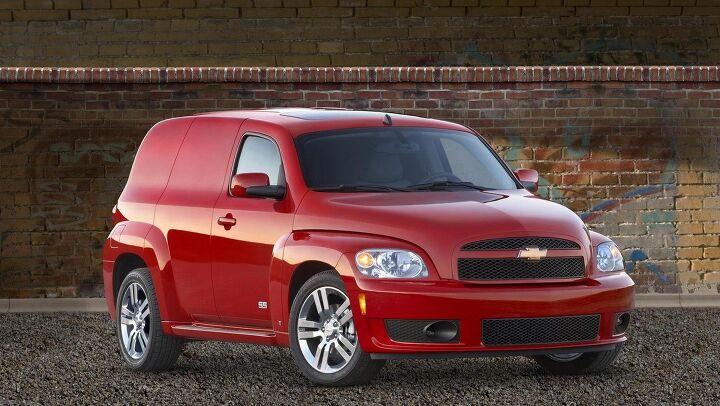













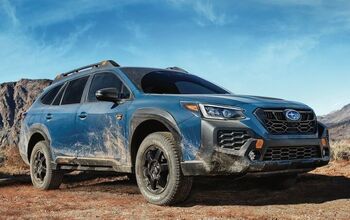

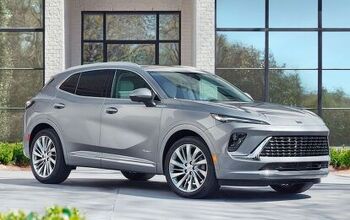


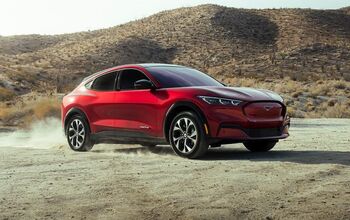
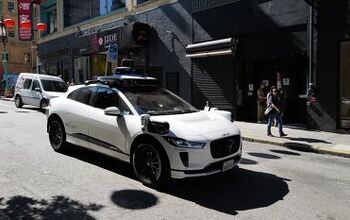

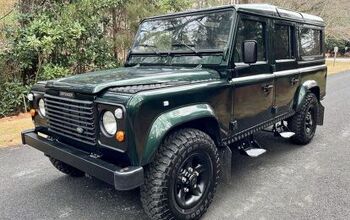


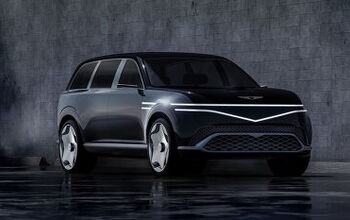
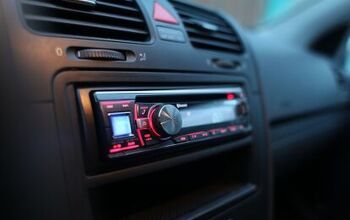

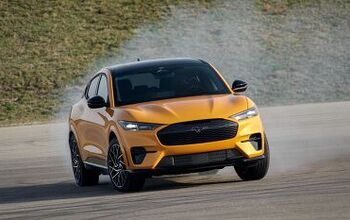
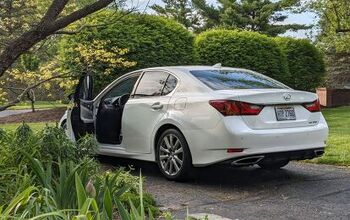

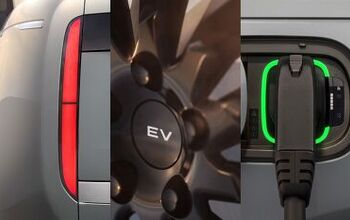
Comments
Join the conversation
These, like their Cobalt parent, were also among the vehicles that were killing their owners when their substandard ignitions switches wore out and spontaneously shut off the car in operation, disabling the steering, power brakes and airbags.
A totally shameless, me too ripoff. And of a half baked turkey. At least Chrysler/Plymouth was putting out some unique crap. Plus GM was late to the show. Yet GM will stand around watching F-series and Ram eat their pickup truck lunch, not offering nearly the content, features, quality, options, choices, trim, packages, engines, models/specialties, or commercial/hotshot support. For decades.